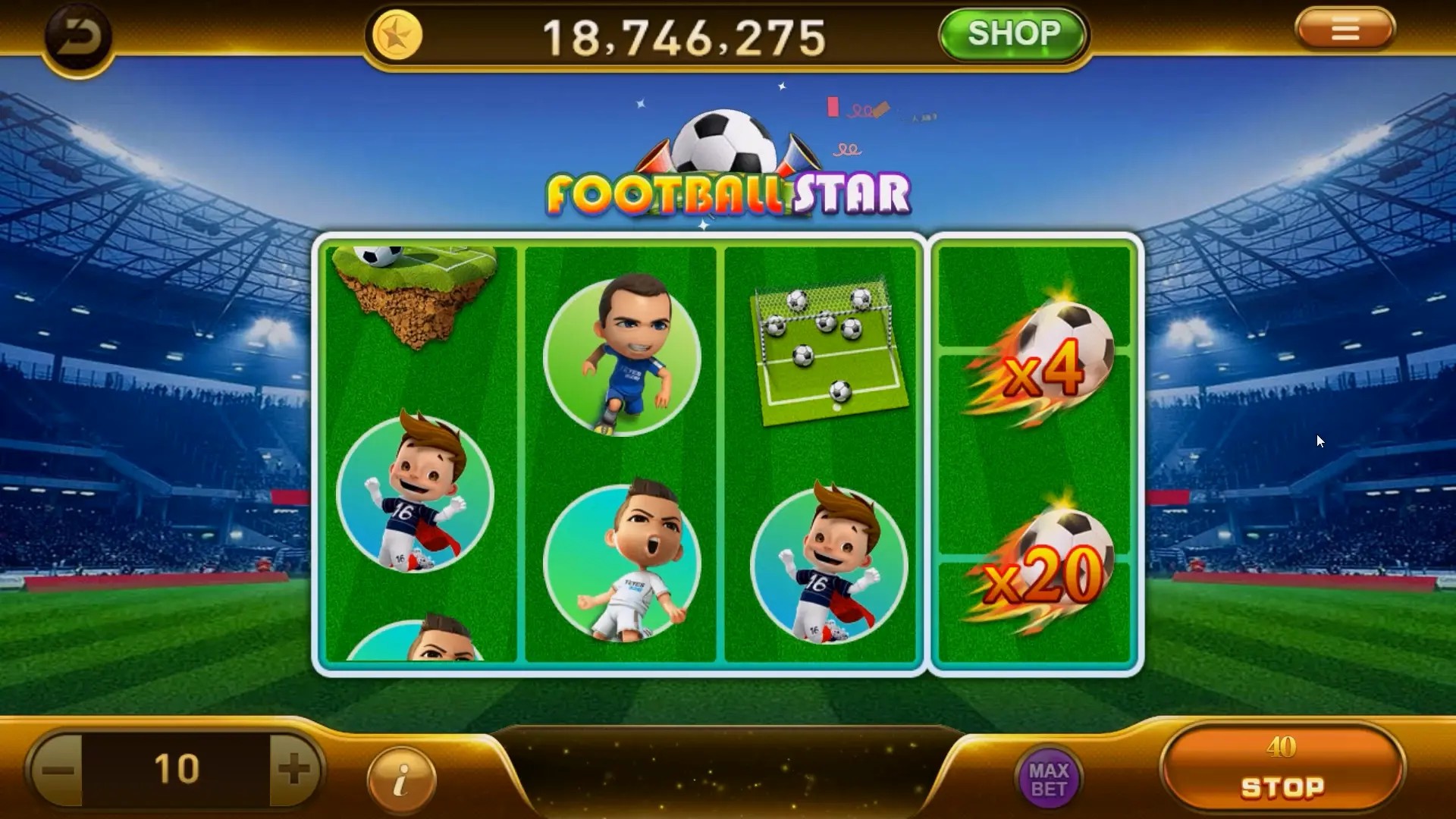The Rise of Indie Games in the Open-World Genre: What Makes Them Stand Out?
Why Indie Gems Outshine Triple-A Maps
Nestled between colossal rock mountains, forgotten forest ruins, and cities that never truly die—there’s magic in these worlds. And sometimes it's not crafted by armies of developers at EA studios or polished to a pixel glow; rather, some of the wildest landscapes come from teams small enough to fit around a coffee shop booth.
What's driving indie devs towards the open world genre lately? What hidden spark makes them stand out where big-budget games might blend into the terrain?** Let’s wander off path and explore this wild frontier of game creation.
Growth Spurt: When Tiny Became Towering
| Metric | Triple-A Titles | Top-selling Indie Titles |
|---|---|---|
| Budget Scale | $50M+ | Likes below ~$10M |
| Creative Scope Freedom | Very restricted | Wildly experimental |
| Influence From Market Trends | Tied heavily (Sales driven) | Distant / Minimal |
- Elden ring clone = 7k+ on Itch.io per day now
- Only <30% require shaders or ray tracing hardware support!
- Open world = best playgrounds, doesn’t need hyper detailed texture sets always
- Humble bundle bundles hit indie open-world titles hard
No Studio? No Sweat. Devs Build New Realms With Limited Code & Limitless Vision
When you don't have hundreds working in shifts, each corner of a map becomes deeply intentional — more story, fewer cut scenes. There's a poetry here — imagine a desert designed over weeks when other teams spend years on similar assets rendered soulless. No procedural filler — hand sculpted chaos in each tumble of sand. Indie open worlds often thrive on niches ignored by mainstream studios afraid of alienating audiences: * Delta Force Extraction PS5 had fans glued last year not just 'cos explosions happened, but b/c it embraced real chaos mechanics. Think: weather effects dictating enemy spawn positions; gear failure during rain affecting movement drastically - those edge case scenarios that AAA would likely trim for consistency reasons... While triple As obsess over photorealism benchmarks (looking at ya Ubisoft), Indies dive deep into stylized palettes: think Hyper Light Drifter meeting Gris, all hues dancing under low-resolution skies. Malaysia’s indie fanbase resonates harder w that artistic touch versus pure realism, making niche experiments feel global instead regional curiosities now.
Mindful Design: The Soul Behind The Map Markers
You see it in how characters stutter when surprised — in the subtle sway of trees mimicking wind rhythms found near Bukit Bintang streets. Indie titles breathe slower but louder. Not chasing dopamine spikes via hourly reward gates; instead they ask players gently “have a seat — we'll get there together." A mechanic might pause gameplay entirely if you try skipping narrative sections too fast...a gentle prod to absorb setting, sounds, silence sometimes.Pretty revolutionary these days when even EA Sports titles feel like menu scrolling simulations. But wait— EA has their hands tied, sure? Corporate timelines, prelaunch marketing hype machines grinding hard before drop date...and pressure to repeat successful formulas breeds sameness even if the maps keep evolving. The real treasure becomes what gets left behind after all that shine wash fades away. Indies don’t aim wide; they strike personal beats:
- Sleepless nights designing a cave painting sequence just because one developer grew up drawing in chalk at night
- A dragon's song sung in a homebrew tongue because grandma once whispered lullabies
That intimacy scales beyond borders faster than translations can manage! For Malaysian fans seeking unique stories embedded in expansive worlds - the choices resonate deeper. Not all epics live in 64k textures — many find life in the cracks between tiles only small studios choose to color carefully.
Pick-up and Play vs Deep-into-Nights Gaming
Ever tried playing FC 24 offline match and fell asleep after ten mins ‘cus visuals loop like clock cycles ticking? Yet boot a quirky indie title — suddenly hours pass, eyes wide open. How so? Cue Deltarune's sudden piano strikes mid-dialogue breaking norms, or the way Limbo makes darkness sing tension. Same formulaic genres become fresh again. You're navigating forests once walked by giants, only now your boots leave marks — literal imprints that vanish once rain hits stone. Little touches that scream attention far exceeds resources. That sense of presence drives immersion without GPU overload, unlike most triple A spectacles. Now add localization nuances - indies better reflect culture richness, including local legends in quest formats (see Kinabalu Legacy: The Spirits Within) compared to canned myths in fantasy epics. Malaysian audiences want meaningful choice—not endless grind systems built on algorithmic loot wheels that mimic predatory casino mechanics (thanks again, EA sports).The Power of Choice and Consequence: Less is More Often
In major blockbusters, decisions usually boil down to three branching points maximum. Your actions rarely impact late stages post-hour four. But indie worlds? You accidentally insult an old farmer who turns into a recurring nemesis later haunting your campfires. Forget saving one minor child during tutorial hell? That trauma echoes throughout the entire arc—maybe his ghost wanders random ruins asking questions, shaping dialogue trees forever... Consequences stick around long after button presses fade. Here comes Delta force extraction ps5 again as oddity worth watching — player input impacts extraction order based on squad injuries sustained earlier; no resets possible without restarting campaign completely! That sort of commitment breeds loyalty rare for big budget sequels chasing monthly subscriptions.Cutting Through Clutter: Standing Tall Among Crowded Store Shelves
Let’s face it — Steam Greenlight became Steam Direct and flooding began. So many releases! But some gems still make waves... Key? A standout visual hook. Or killer soundtrack blending eastern instruments + synths for emotional uplift (hello, Nusantara Soundscape Vol. 2). Marketing strategy tailored toward micro-communities online matters huge for success too. Tactics include:- Releasing demo chapters early builds FOMO + organic buzz
- Localizing key story moments beyond mere UI elements creates genuine appeal
- Offering cross-platform availability ensures broader outreach
- Streaming sessions showing raw gameplay (not scripted press kits) helps sell sincerity and charm effortlessly
Evolving Narratives: When Players Write Part of the Journey
User feedback loop is short and sharp here — dev blogs track journey publicly, allowing community to vote between map regions getting fleshed out first. This openness makes people part of process itself... Even mods play vital role in lifecycle expansions. Eg: A mod team created **Straits Expansion DLC pack**, unofficial for popular open sea-faring sim *Islands Without Names* after dev team ran out of funds post Early Access crash — players stepped in, donated, remade region accurately including floating kampong settings from Sabah/Sarawak history! Modders became partners eventually. Isn’t this how open world spirit evolves anyway? Collaboration > domination? This decentralized creativity stands tall even over polished EA sequels whose DLC feels increasingly mandatory unless you buy full-season passes anymore — almost subscription bait honestly. But back on topic… What does it say when smaller games punch wider and higher, while larger ones stay locked circling known grounds like tame tigers in golden cages? Maybe freedom lies in unpolished dirt beneath grass, amidst glitches born from sleepless midnight lines of code.Community-Driven Passion Over Market Share Stats
| Type | Crowd Behavior | Emotion Evoked | |||
|---|---|---|---|---|---|
| Mainstream Open World Launches | Purchase spiking immediately, then drops | Excited -> Satisfied (or Disillusioned) in weeks | Top Tier Indies Launch Phase | Mentions build slowly; steady adoption rate; peak may take year | Incur curiosity => grows loyal base |



